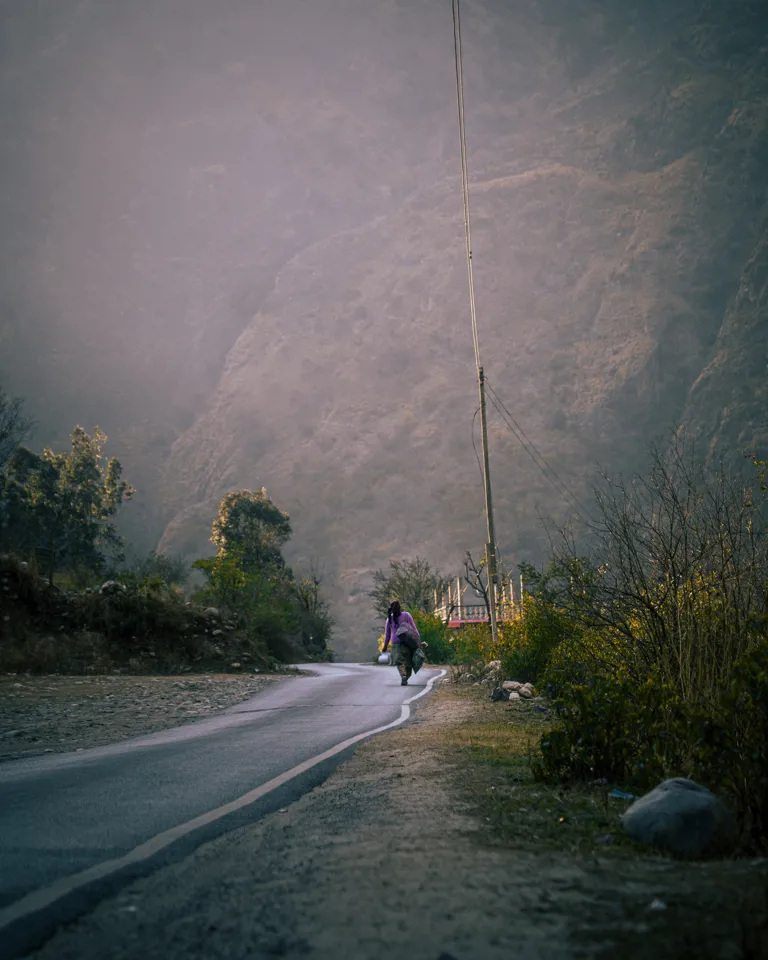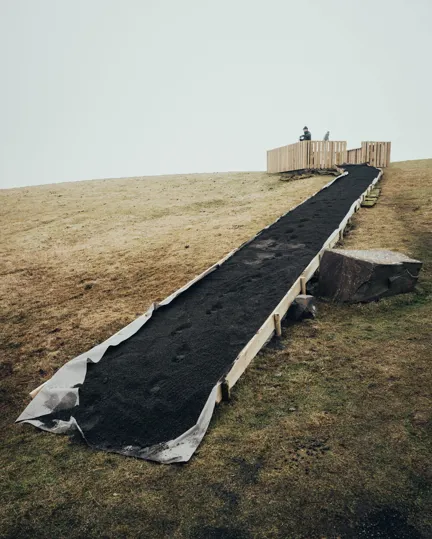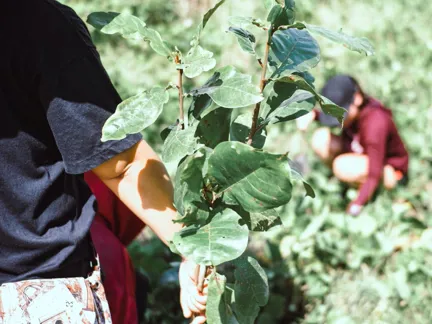
Words Sophia MacphersonDate 20 August 2021
This story was created by our partner, Trippin, an independent platform that connects travel, culture, and creativity to empower people to travel with more purpose. Stay tuned: Over the next few months, we’ll be enriching our Culture Journal with their stories.


The term refers to the growing phenomenon of people who travel to developing countries to volunteer. You’ve probably been associated with the concept at some point in your life: on a gap year or if you weren’t blessed with one, witnessing it through your globe-trotting friend’s IG feed. On the surface-level, these photos seem harmless, filled with genuine smiles and overall uplifting messages, but the problem lies behind the facade.
Our attitude is to treat the experience as a cultural exchange, rather than aid. In line with our mission to encourage purposeful travel, we’ve broken down our approach to volunteering into six tips. We’ve also included examples of three amazing organizations who are pushing forward the bar...
As a young responsible traveler, the first thing we must do is remove this notion that developed countries need to be “saved”. Recognizing your privilege is one thing but enacting it is another matter. Rather than going into a volunteer program with the mindset that you’re “saving” someone or some place, go into it with the intention of learning, teaching, and collaborating with the community you’re working with. An environment of respect and openness fosters real change.
As with all travel, always question why you are doing it. Being transparent about your motivations might help you decide whether one program is better for you than another. If you find yourself returning to reasons like, “it’ll look good on my CV” or “it makes me feel better about myself”, you shouldn’t be volunteering.
Knowing what’s out there and the reputations of different charities and NGOs goes a long way. Firstly, you’ll have more choice and secondly, smaller programs might not pop up on your first Google search. Also, consider social enterprises, which are small businesses with an underlying social mission. Go beyond your screen and ask people you know—there’ll be less smoke and mirrors and more upfront honesty.
What better way to be effective than to use your best skills? This doesn’t mean you should pigeonhole yourself to one type of program, but it is a way of ensuring you’ll be useful to the people you’re working with. The best solution is to find a varied program—that way you can help in an area of your expertise, plus expand your skillset in something else.
Volunteering short-term can be beneficial, especially in crisis relief, but if you plan to get involved in conservation or education, you’ll make more of an impact doing something long-term. Obviously, if you’re working, this might be less realistic, so if you really want to do a short program, also think about how you can help after. This could be anything from making small donations frequently or even just referring someone else who you think could help.
If you’ve done your research and still aren’t sure: stay grassroots. Most of the time, these programs are set up by locals or people who have strong ties to the community, which immediately adds credibility and are likely to be more effective as they tend to be in-the-know.
Along with these tips, here are some suggestions on where you could start...

Faroe Islands: Closed for Maintenance

Planting trees for trips
Home Team Project started as a passion project of Erin Corrian-Alexis in Grenada, who has roots both there and in Trinidad. In September 2018, a series of creative workshops, ranging from photography to product customization, were held to encourage creativity in young teenagers, in the hopes of encouraging and engaging with the local art scene. The project is in its third year and will work alongside an existing arts festival to expand the workshops to Trinidad by Indiana Lawrence who will be hosting sustainable printing workshops with young creatives on the island.
If you’re stuck on where to start, this is a great place for those with green thumbs. Use it as your guide to different organizations around the world where you can plant trees abroad to help lower your carbon emissions.
This tourism initiative is a true trailblazer for sustainable travel. Over the weekend of 26-27 April, the islands’ eleven most popular tourist sites are closed to the public, but open to anyone who wants to help in conserving them. You have 14 projects to choose from and all food, drinks, and accommodation are paid for. Initiatives like this encourage environmental and social conservation and make for a truly worthwhile holiday.